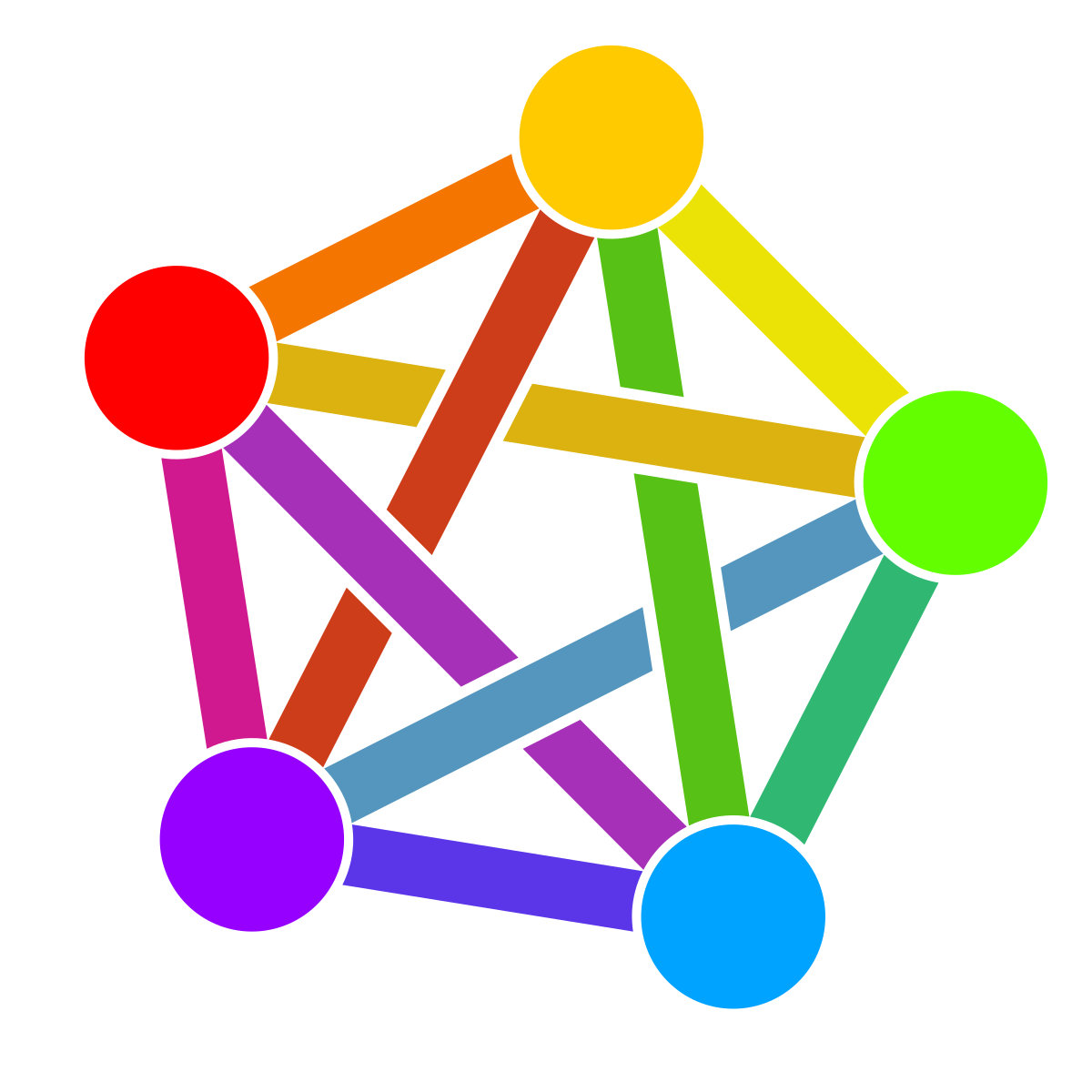What are we going to do about it?
Sorry for the Google Translate Link. An easy alternative is much appreciated.
Edit: thanks to @[email protected] for this translation alternative: https://translate.kagi.com/translate/https://www.xataka.com/servicios/foros-internet-estan-desapareciendo-porque-ahora-todo-reddit-discord-eso-preocupante



Interesting response!
Yes, the node, edges, travelling salesman, those are my definitions as well.
The only difference is that I’ve always thought about this is with an undirected graph. That models conventional friendships pretty well, but now that I’m thinking about it, it’s probably not a good way to model modern “relationships”. Either way, with two nodes it’s no longer a travelling salesman, as it becomes a much easier problem to solve.
I would argue that the tyranny of the majority unlikely to not be solved with the current form of social networks. I’m not sure if I have time to write out my argument, but it stems from the fact that the most popular people in the world have very uni-directional relationships with most people; everyone knows of Mr. Beast, very few know Mr. Beast.
Yeah the uni-directional relationships are also significant. It also happens to translate well; if Mr.Beast goes to randomcorp.com he is almost guaranteed to pull more people over than if SchmoeJoe went. Those people in turn would cause the website to be a more attractive option (less weight on the edge).
That would mean that there even is nuance within tyranny, which is funny to think about.
There’s also the possibility of cycles! What a fun rabbit-hole. Definitely worth a thesis paper or large-scale open discussion.
P.S. Also agreed that with a “limit” it is not TSP, and is much simpler. It evolves into TSP only when you think about a message originating from a source and making it to everyone - with the same effect for responses.